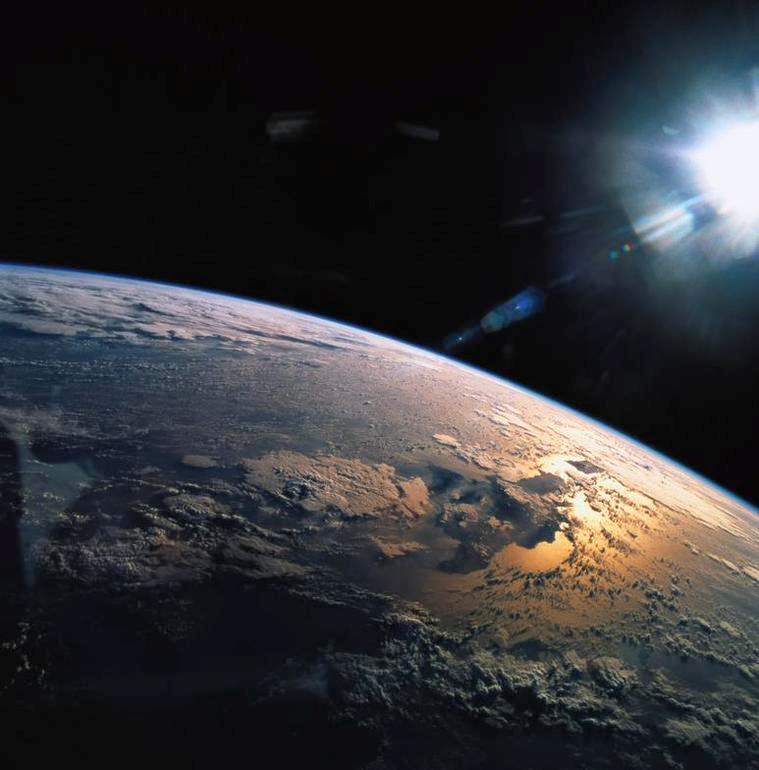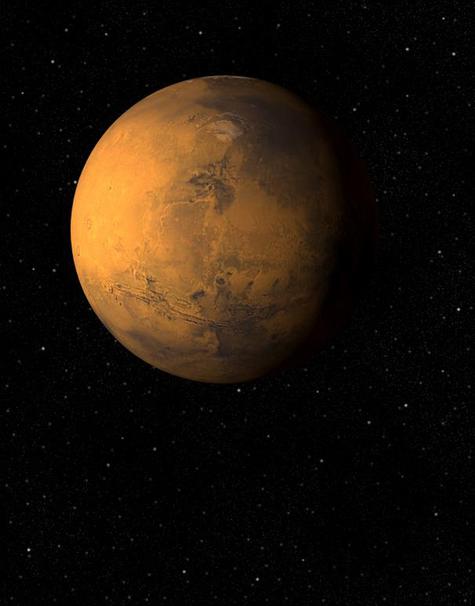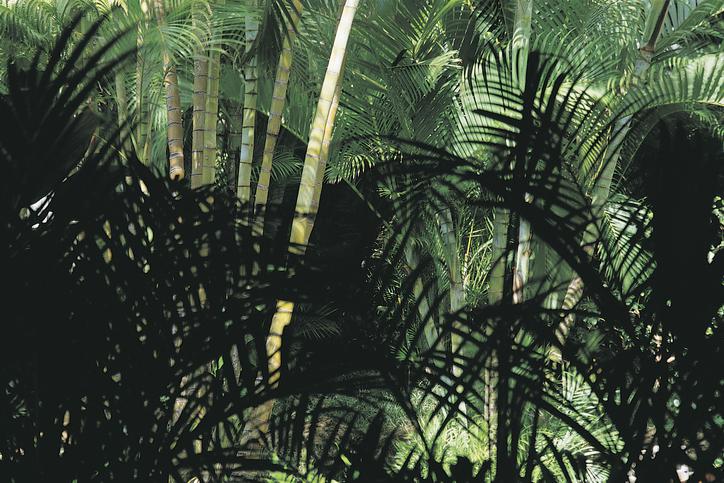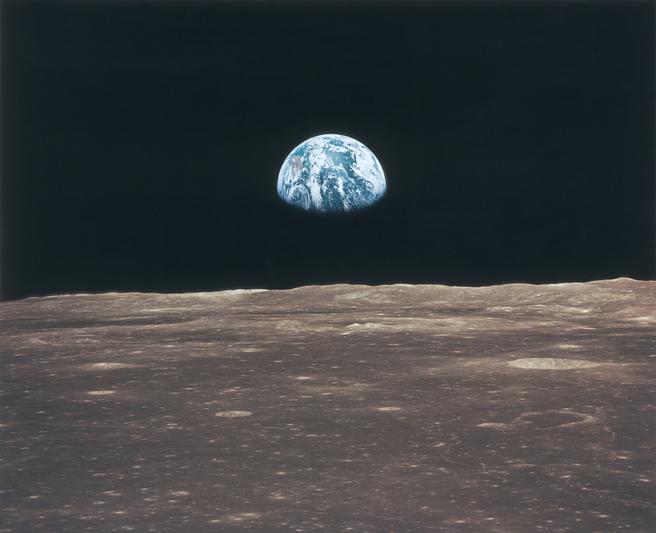Down to Earth Rocket Science
National Hurricane
Center (NOAA)
Houston
Weather Radar (NOAA)
Earth Material . Net
Earth Mat. Log. Template
.........................................................................................................................................................................................................................................
Land
Space
Down to Earth is dedicated to my late Uncle, Dr. Alston Scott Householder - world class mathematician and potato masher - and to Scott, Kassie, and
Ningsang: Keep reaching for the stars. With thanks to associates at NASA, the aerospace and physical sciences profession, and equivalents everywhere.
Scientific Facilities Websites
Coming Soon: Down to Earth
A captivating science fiction novel grounded in scientific reality, offering a glimpse into a universe of possibilities you’ve likely never imagined—blending cutting-edge science with visionary potential.
Owner's Professional Profile
Mission
© Earth and Space
Down to Earth Rocket Science
Perspective:
Max - a rescued Siberian Husky - enjoys 'runs and walks' at a nearby airfield. Evenings, his focus are the deer, rabbits, and other critters that have found safe refuge there. Similarly, the variety of stars, planets, satellites, and aircraft overhead captivate his sidekick.
When a full Moon rises at the horizon, you can almost feel the motion of our horizon with respect to the Moon; that's 1 448 kph or 900 mph at our latitude. The ever dipping horizon leaves the Moon behind. Max is likely unaware that as we ride Earth, he and I zip along beneath the Moon faster than the planes flying over our heads. He may not experience a ting of vertigo if he stares at the horizon as it leaves the Moon further and further behind. Even faster, we zip along at 107 226 kph or 66,627 mph with the Moon about the Sun. Faster yet, we zip along with our solar system at
720 986 kph or 448,000 mph about the galaxy. "Our pace is pretty good for a rest period, ole buddy," is a hint for Max.
Max keeps a gaze, one paw slightly lifted, wondering if he can spot the scent in front of him somewhere in the field ahead. And I wonder, can we spot the scent of what's in front of us, somewhere in space ahead...or can something in space detect the scent of life on Earth. The scents are there. We have always had what it takes to explore other worlds. Adaptive intelligence. Time. Raw Materials. Persistence. Patience. We have always aimed for the stars. We have always known where we're going.
Earth and Space - Down to Earth Rocket Science
Efficiency
Novel Writing
Lessons Learned
Houston
Weather
(NOAA)
Ellington Field Weather (NOAA)
Air & Sea
Moon and Space . Net
Lunar Rocket Science
Earth and Space, Space Division
All Lunar Branch Template
Mars and Space . Net
Mars Rocket Science
Earth and Space, Space Division
All Mars Branch Template
Solar Material . Net
System Material Logistics Template
Orbit and Space . Net
Orbital Rocket Science
Earth and Space, Space Division
All Orbital Branch Template
Aware
TEMPLATES
NWS
(NOAA)
SMG
In House Effort and External Support for Sustainable Earth and Space Energy and Environmental Endeavors
Challenge
VERY Small Biz | Sharp Vision
Entropy contained ———▶
As in 2014, it's in the hands of 6 straight shooters that I expect to tell it to me like it is, whether I like it or not.
Based on 22,880 votes collected between June 2014 and June 2025:
•  66% prefer paper books
66% prefer paper books
•  24% prefer eBooks
24% prefer eBooks
•  10% prefer audiobooks
10% prefer audiobooks
But the above is over a long period and doesn't consider overlap. It short, it doesn't show the whole story (no 'almost a pun' intended)
As of September 2025, a global snapshot—shown with a bit more nuance—is more interesting:
•  35%+ read only print books
35%+ read only print books
•  33% read both print and eBooks
33% read both print and eBooks
•  9% read only eBooks (trending upwards)
9% read only eBooks (trending upwards)
•  14% prefer audiobooks (trending upwards)
14% prefer audiobooks (trending upwards)
•  2–5% use other formats (like Braille or tactile books, which still count as print in my view)
2–5% use other formats (like Braille or tactile books, which still count as print in my view)
All three formats in the survey are clearly valued. When I publish, I intend to make Braille copies available—even if just one person needs it. I’ll seek technical guidance when the time comes, or feel free to email me if you already know how it’s done.
For what it's worth, at PawPaw age, I prefer to read printed books, especially technical books. However, I enjoy the efficient flexibility of technical eBooks and their portability when away. Audiobooks read by the author are nice, especially when driving. However, if sitting in a chair listening to an audiobook, 9 times out of 10—and no matter how fascinating the book—I find myself waking up dozens of chapters following the last chapter I actually heard awake. If it's a print book, as soon as I start to dose off, I put a paper bookmark in the book and hit the hay rather than fall out of my chair. In contrast, I kid myself into thinking I'm not falling asleep when I close my eyes while listening to an audiobook. I'm always amazed at the time of night when I hit the floor.
The long-term results
of this informal survey
below ↓















